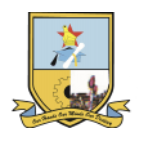Introduction to Midlands State University:
Introduction: Midlands State University is an important institution of higher learning in Zimbabwe. It is committed to providing high-quality education and conducting cutting-edge research, providing a solid foundation for students' future career development and personal growth, and has trained a large number of outstanding talents. It has a certain influence both domestically and internationally in Zimbabwe.
History and establishment time: Its history can be traced back to the establishment of Gweru Teachers College in 1954, which was originally used to train secondary school teachers for the expanding education system in Rhodesia (now Zimbabwe). In 1990, Gweru Teachers College was upgraded to a polytechnic, offering a wider range of courses including engineering, business and science. In 1999, the Zimbabwean government announced the establishment of Midlands State University, which was formed by the merger of Gweru Polytechnic and Gweru Nursing School. In 2000, the school was officially established.
School strength: The school has a team of highly qualified teachers, including experts and scholars with in-depth research in various fields. The school focuses on combining teaching with practice, and has established cooperative relationships with many local and international companies and institutions to provide students with internship and practice opportunities, helping them accumulate practical work experience and improve their employment competitiveness. At the same time, the school has also achieved many results in scientific research. Multiple research centers and institutes provide a platform for teachers and students to carry out scientific research projects.
Nature of the institution: A public university, funded and managed by the Zimbabwean government, it aims to train various professional talents for the country and promote the development of education, science and technology and society.
Educational philosophy: Focus on cultivating students' critical thinking, communication and practical skills, and strive to provide students with a comprehensive education so that they can succeed in the ever-changing social and economic environment and contribute to the development of the country and society.
Faculty: The school has 9 faculties, namely the Faculty of Agriculture, the Faculty of Arts, the Faculty of Business, the Faculty of Education, the Faculty of Engineering, the Faculty of Law, the Faculty of Science, the Faculty of Social Sciences and the Faculty of Medicine, offering a wide range of undergraduate and postgraduate courses.
Key disciplines: It has a prominent position and advantage in the fields of agriculture and environmental sciences, and related disciplines have made important contributions to the agricultural development and environmental protection in Zimbabwe. In addition, disciplines such as business and education also have strong strengths, and have cultivated many outstanding professionals.
Ranking: Ranked 2nd in Zimbabwe, it is also well-known in Africa and is among the top 200 African universities in UNIRANK.
Expense: Taking the 2024/2025 academic year as an example, in undergraduate courses, the tuition fee for students from the Southern African Development Community (SADC) is US$1,072, non-SADC students is US$1,572, and students from other countries is US$1,717; in postgraduate courses, the tuition fee for Master of Philosophy/PhD courses is US$1,307 for SADC students, US$1,807 for non-SADC students, and US$1,952 for students from other countries.
Campus environment: The main campus is located in Gweru, the third largest city in Zimbabwe. It adopts a multi-campus system, with a satellite campus in the mining town of Zvishavane and other campuses in Gweru. The campus is well-equipped with modern teaching buildings, libraries, laboratories, sports facilities, etc. The library has a rich collection of books and sufficient electronic resources, providing good resource support for students' study and research. The laboratory is equipped with advanced instruments and equipment to meet the needs of teaching and scientific research. In addition, the campus environment is beautiful and well-greened, providing students with a comfortable learning and living environment.
-

Arrupe Jesuit University
-
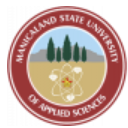
Manicaland State University of Applied Sciences
-

Harare Institute of Technology
-

Chinhoyi University of Technology
-
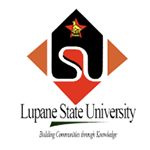
Lupane State University
-

Marondera University of Agricultural Science & Technology
-
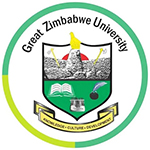
Great Zimbabwe University
-

Africa University
-
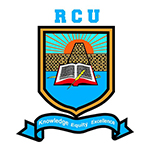
Reformed Church University
-

Solusi University
-

Mesoamerican University
-

Istmo University
-

Mariano Galvez University of Guatemala
-

Regional University of Guatemala
-

Galileo University
-

Francisco Marroquín University
-

Rafael Landívar University
-

University of the Valley of Guatemala
-

University of San Carlos of Guatemala
-

Technological Institute of Tlaxcala Plateau
-

Golfo University
-

Technological University of South Sonora
-

Technological University of Huejotzingo
-

Tizimín Institute of Technology
-

Chilpancingo Institute of Technology

